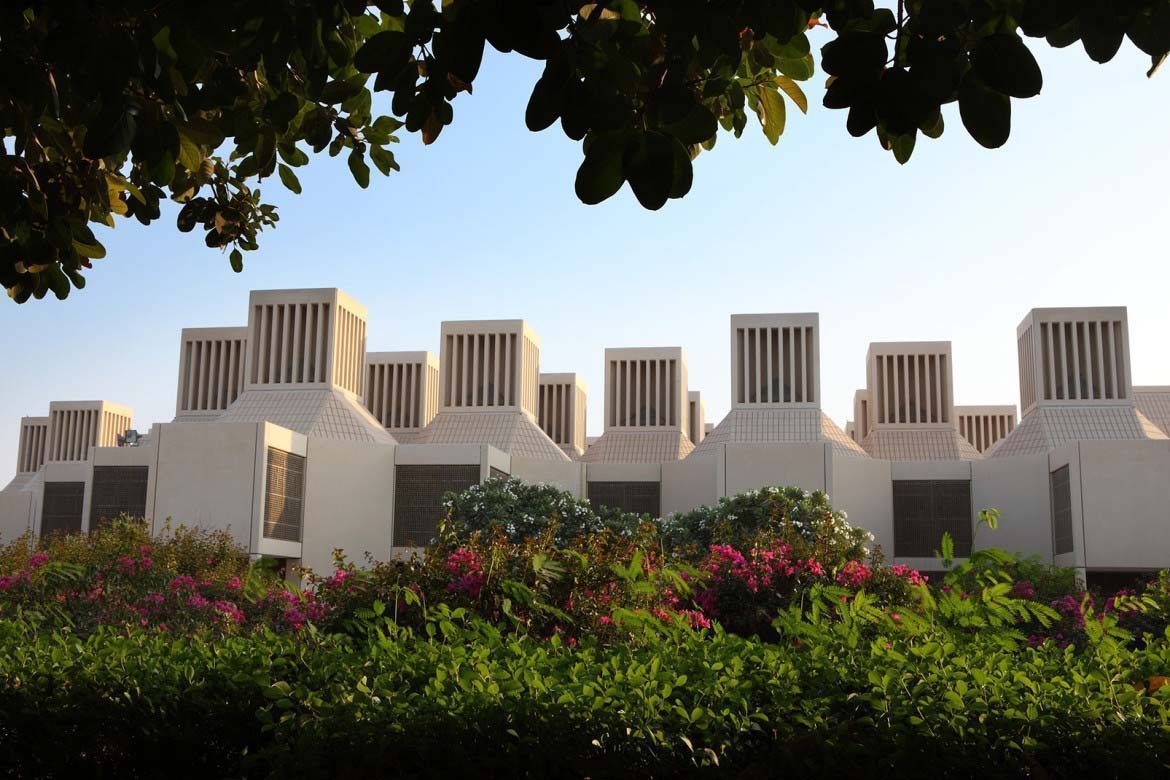
Qatar University (QU) has for the first time made it into the Times Higher Education‘s list of the world’s top universities.
The 12th edition of the THE World University Rankings 2015, released yesterday, has this year been expanded to cover what it judges to be the best 800 higher education institutes from 70 different countries.
This year’s list has doubled, rating 400 additional universities since 2014, and Qatar is among the 29 new countries featured alongside its Gulf neighbor Oman.

THE said QU’s position was in the 601-800 band of universities which made the cut, but did not disclose its specific ranking.
Phil Baty, Editor of THE World University Rankings, said: “Congratulations to Qatar University on its entry into THE World University Rankings for the first time.
THE World University Rankings are uniquely comprehensive – they use 13 separate performance indicators to judge world-class universities against all of their key missions, including both teaching and research, using tough, global standards. Based on this achievement, Qatar University is one of the elite 4 percent of higher education institutions in the world.”
Earlier this month, another leading global university ranking table put QU in its top 500. In the Quacquarelli Symonds (QS) World University Rankings, the state’s national university was rated in the range 481-490.
Dr. Mazen Hasna, QU Vice-President for Academic Affairs and Chair of the QU ranking committee, said in a statement:
“Being among the top universities in the world is important for QU. It is a reflection of its increased focus on research and internationalization over the past few years. QU is the fastest-growing university in research in the region and we expect that this, along with the academic and research achievements by our faculty and students, considerable expansion in graduate programs, and the establishment of the medical college will all contribute to continued improvement in this area.”
Measurements
THE claims its index is the world’s largest invitation-only survey of academic reputation, which includes responses from 10,000 senior academics.
All universities in the league table are rated according to 13 different factors covering teaching, research, knowledge transfer and international outlook.
When judging universities’ research score, THE assessed both quantity and quality, studying the volume of papers published, the research income gained per faculty member and the reputation of those academics being published.
It also looked at citation impact, or how often other researchers referred to papers published by QU in their own work.
Publication and citation data was used from Elsevier’s Scopus, the largest abstract and citation database of peer-reviewed literature, and included analytics from SciVal, Elsevier’s tool to calculate comparative research metrics, THE said.

There are a number of different methods to assess research. In a table of Middle East universities published by THE earlier this year, QU and Texas A&M University at Qatar both featured in the top five institutions for the region. However, this was based on research quality alone.
In contrast, an index of the Best Arab Region Universities Rankings conducted by Washington-based conducted by US News & World Report and published late last year looked at both quantity and quality of research.
QU came in 29th of 91 schools in the Middle East and North Africa for this table. Branch campuses, such as Texas A&M at Qatar and many of the other schools with a presence in Education City, were not included.
Other indicators studied for the THE league table included:
- The research income from industry;
- Staff-to-student ratio;
- The number of PhDs awarded compared to the number of undergraduate degrees;
- The number of international students compared to the total study body;
- The number of international academic staff compared to total faculty numbers; and
- How many scholarly papers were published with one or more international co-authors.
Top table
As with previous years, the top of the table is dominated by universities in the UK and USA, although Switzerland-based ETH Zurich takes 9th spot this year.

First place globally is held by California Institute of Technology, followed by University of Oxford, Stanford University, then University of Cambridge, with Massachusetts Institute of Technology coming in fifth.
Each of these four improved a place on last year’s ranking, however 2014’s 2nd place holders Harvard dropped down five spots this year to come in 6th for 2015.
Imperial College London moved up from 9th last year to 8th position this year, while Yale dropped out of the top ten, to come in at number 12.
THE said that tweaks this year to its scoring metrics this year has created a “degree of volatility” which makes comparing universities rankings this year to last year problematic.
“This has led to significant changes in some institutions’ positions that cannot be attributed solely to performance,” it added.
Thoughts?







